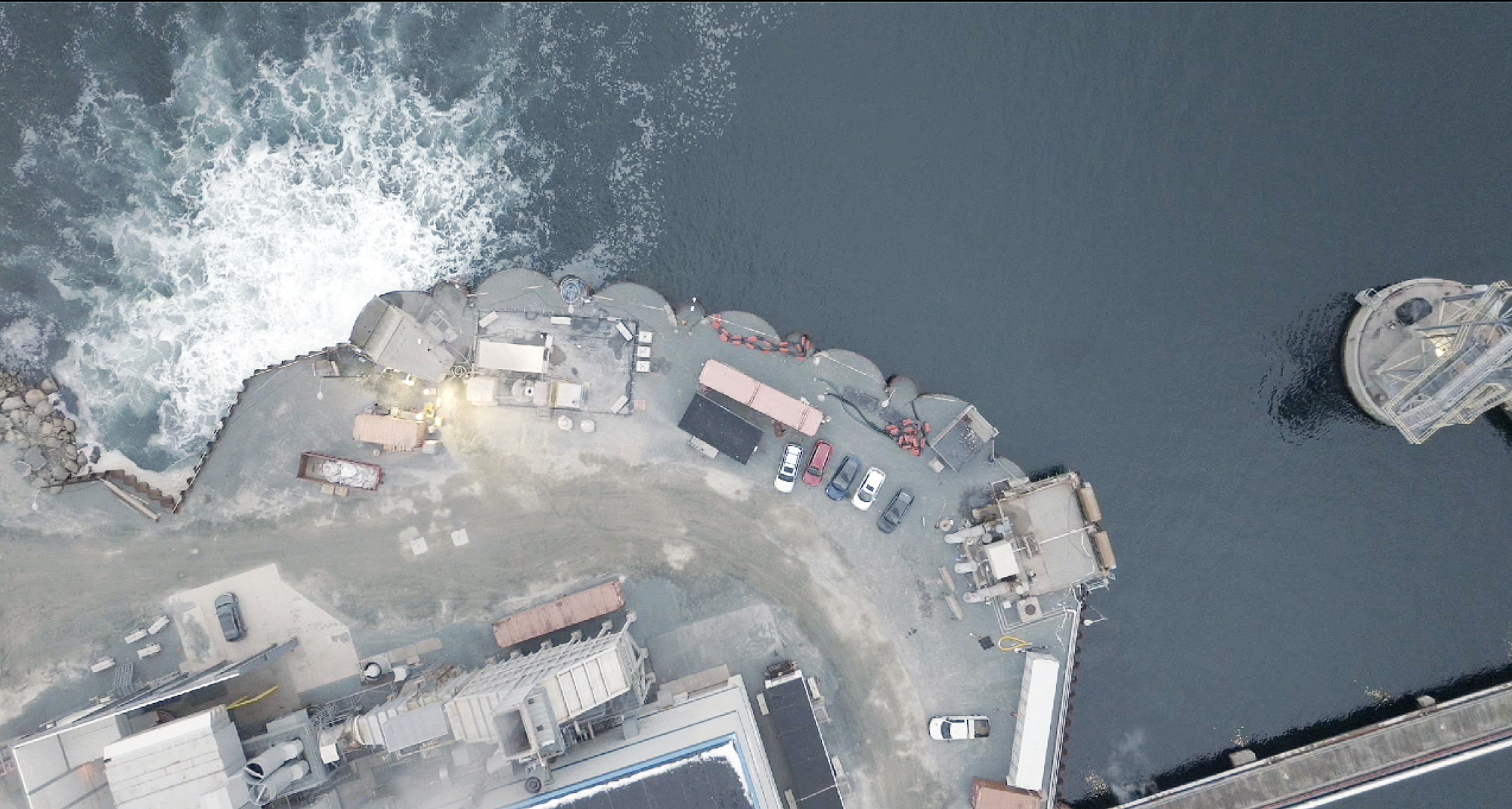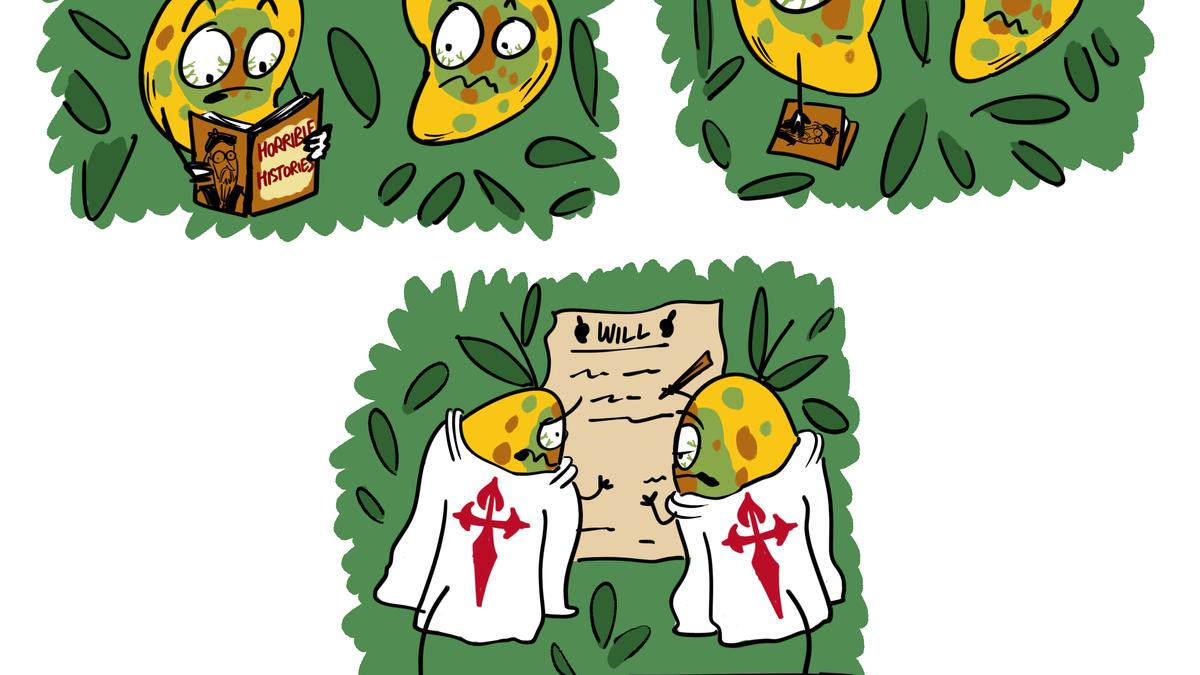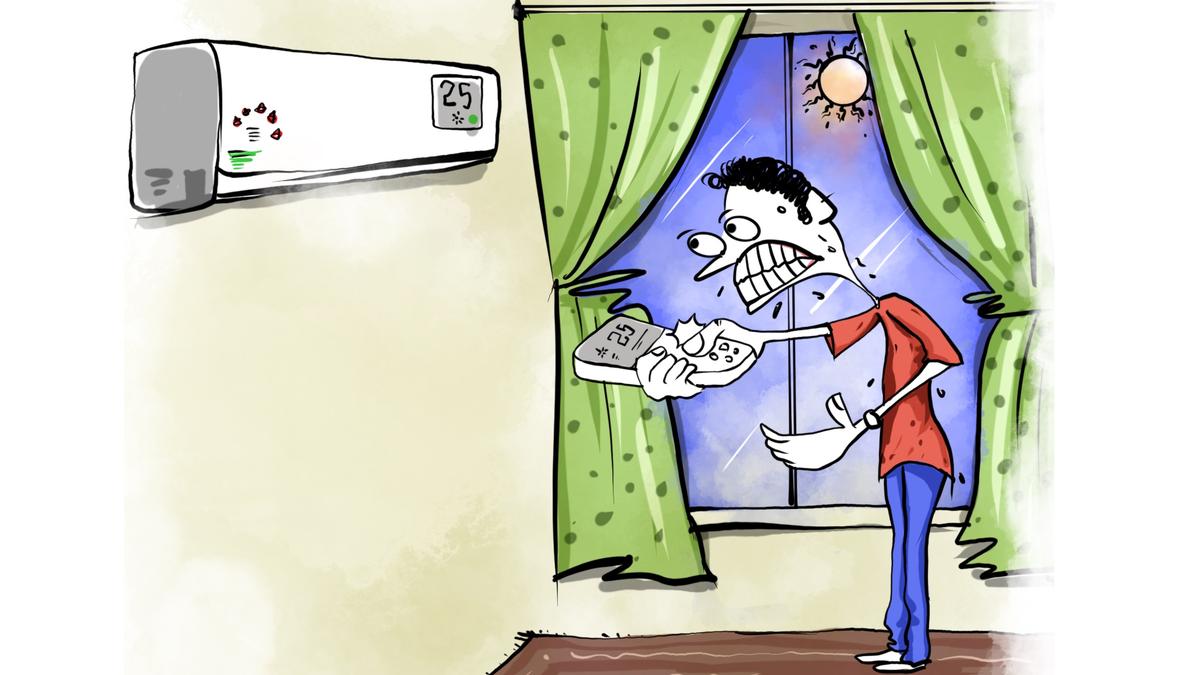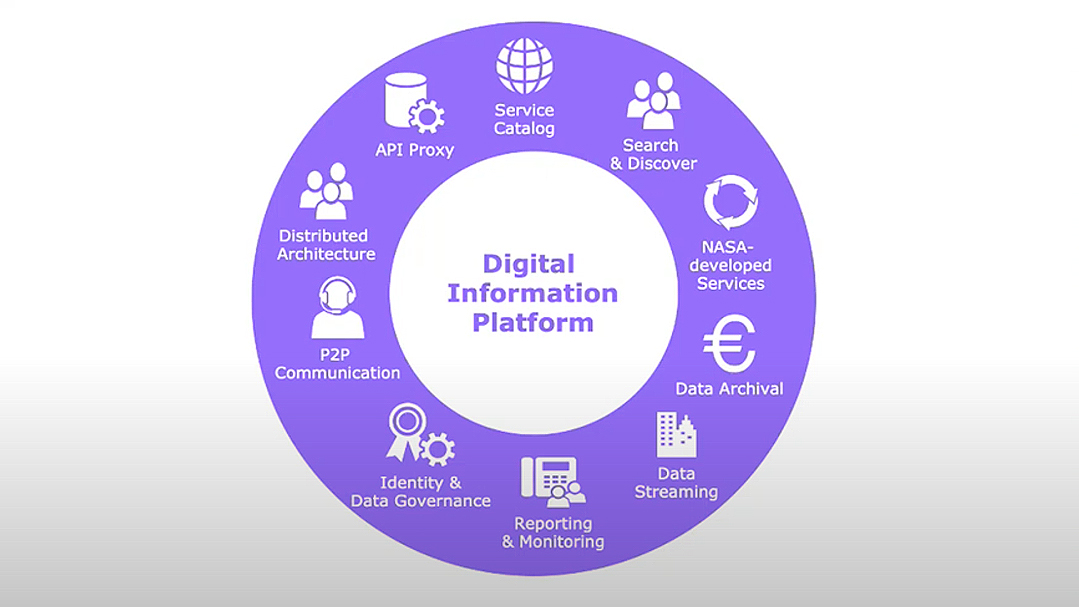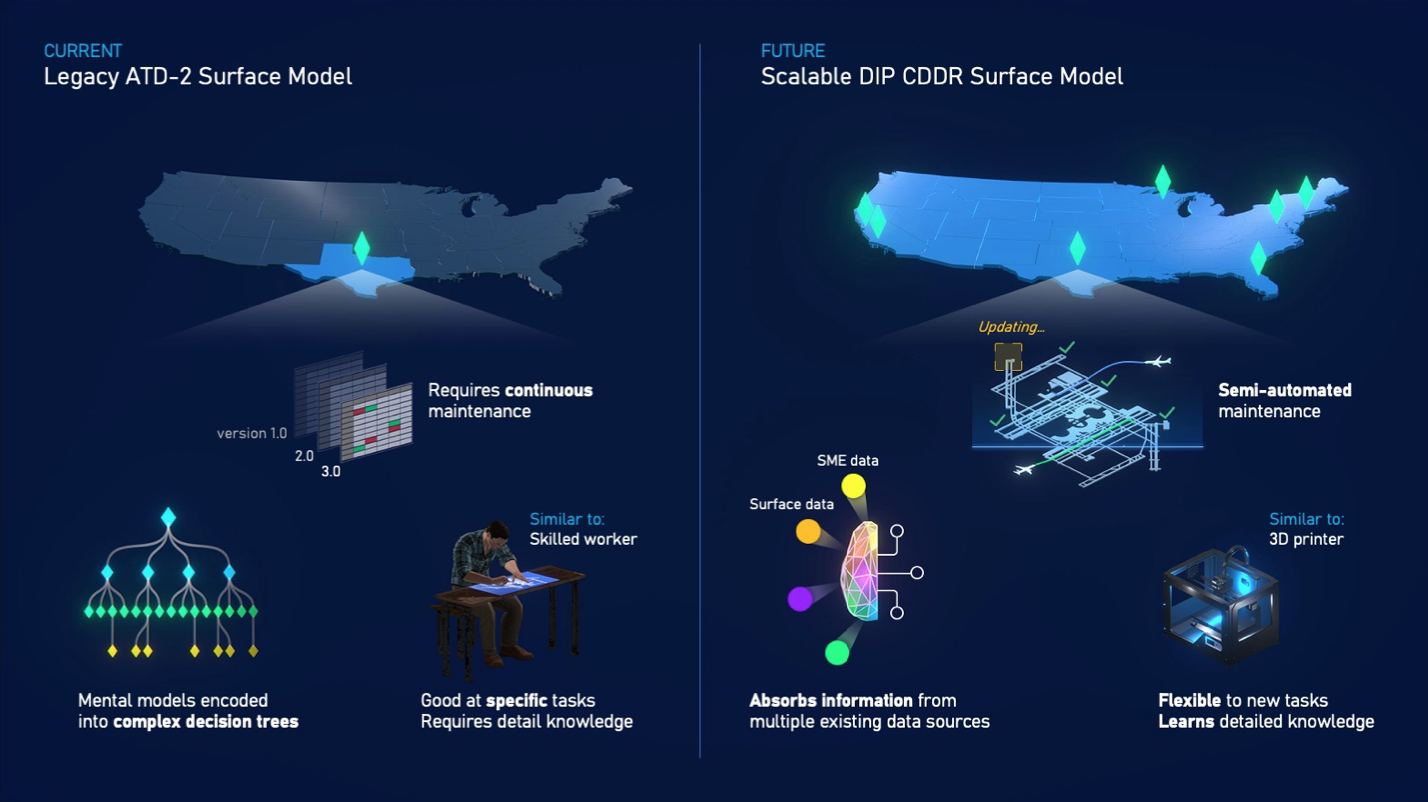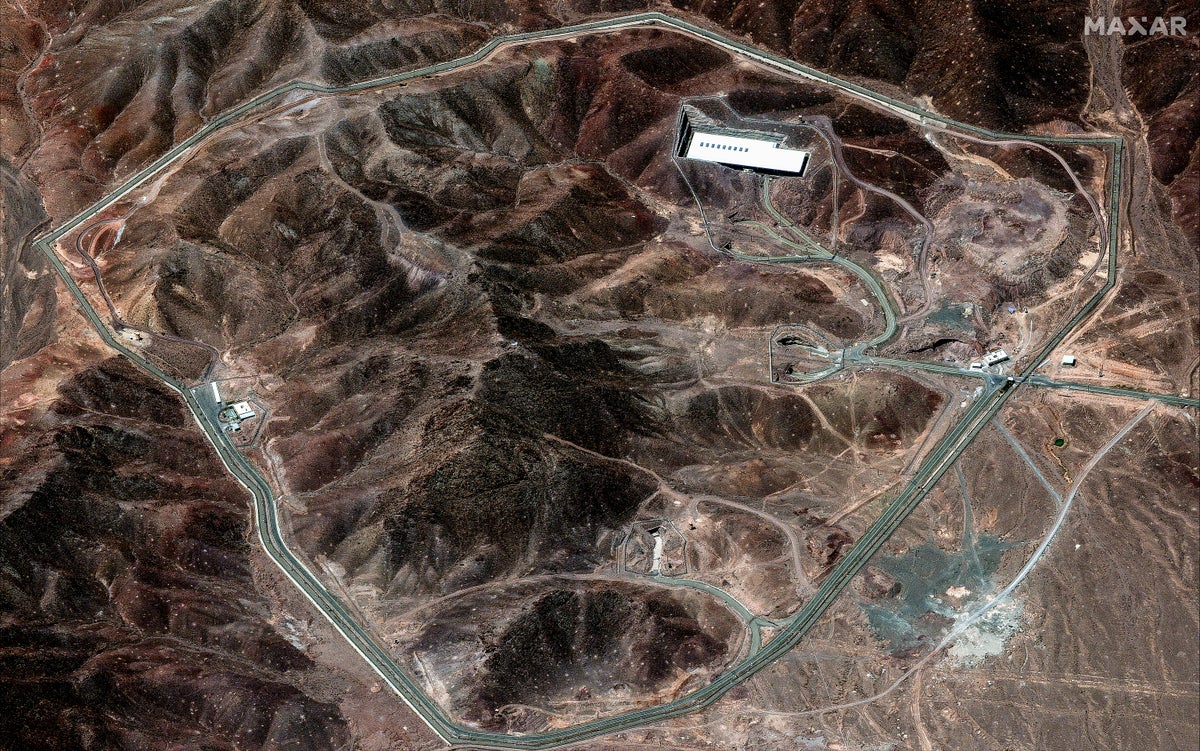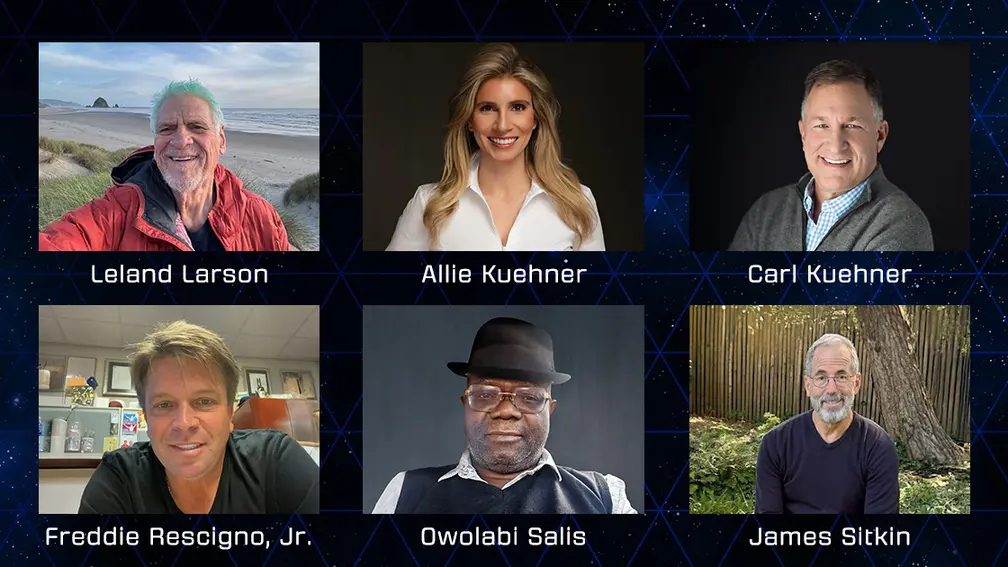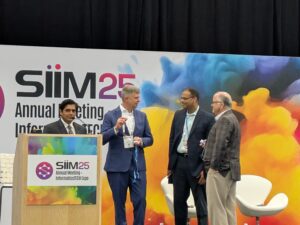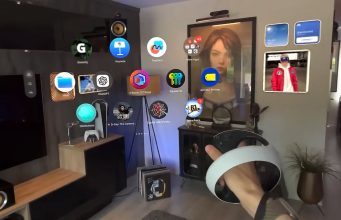A quick interview to Philip Rosedale about the metaverse, MR, and AI
The day before yesterday, for the first time in my life, I had the opportunity to sit down with Philip Rosedale and spend some time with him. Philip is now back as CTO of Linden Lab (hence, of Second Life), so for me it was also the occasion of visiting the offices of the first […] The post A quick interview to Philip Rosedale about the metaverse, MR, and AI appeared first on The Ghost Howls.

The day before yesterday, for the first time in my life, I had the opportunity to sit down with Philip Rosedale and spend some time with him. Philip is now back as CTO of Linden Lab (hence, of Second Life), so for me it was also the occasion of visiting the offices of the first mainstream metaverse platform.
I have to say that it was a very cool experience. Philip and I had a private chat, and I came out with a wonderful impression of him: he’s very friendly, and I have to say he’s also very inspiring, with many interesting ideas always coming out of his mind. It’s always a pleasure to speak with bright minds, and for sure, Philip is one of them.
Since the conversation went so well, I decided to also have a quick public interview with him, so that you all could be inspired by him in the same way I have been. Notice that it was not something I carefully planned before, so I just asked him a few key questions about all the most popular technologies of the moment in the 10 minutes we had between the end of our meeting and his next meeting. We managed to cover many different topics, including mixed reality, artificial intelligence, and also the mighty “metaverse” word. He gave me very interesting answers: the one that I found the most intriguing is that he says that currently the technology is not ready for the metaverse to go “mainstream”, so you had better designing your metaverse platform for the crazy innovators instead of making it already for the mainstream users (this explains pretty well the success of VRChat over Horizon Worlds).
You can watch the original version of the interview in the video below, or you can read a slightly revised transcript after the video. If you watch the video, you can clearly feel my excitement in speaking with this legend. In the future, for sure, I would love to have a full interview with him. Enjoy!
Tony: Hello, everyone. I’m here with the legend, Philip Rosedale.
Philip: Hey. Nice to be here.
Tony: I’m here at the Second Life venue, which is quite exciting for me because I’ve never been here. I just wanted to spend a couple of minutes with you to ask a few questions.
Now, for instance, people don’t even say the word “Metaverse” anymore. It has become something people are scared to talk about. What’s your view on this? Is it social VR over? Was it just a phase? How do you see it?
Philip: As we all know, it’s not over. There are still millions of people using virtual worlds and using VR headsets every day in worlds like Second Life, VRChat, and other ones. It never got bigger. Much like Second Life, it hasn’t gotten to the mainstream, yet. I think that it will. I think that right now it’s a good experience, but only for a few million people or maybe a million people. I think that there are things, we were talking about them already today, there are things that are going to happen that will make virtual worlds accessible to a lot more people. BUT, we were also talking about the current VR headsets, just they don’t make it work. They’re not good enough yet. It doesn’t feel real.
Tony: Yeah, we need them to be more comfortable, to have more resolution, more… everything. This is not something we creators are in control, though. I am a creator myself, and I know that many creators are watching this video… you have created lots of interesting products, some of which were legendary. So I want to ask: what can we, standard people, not Meta, Google, these companies with billions, what can we do to improve the space, in your opinion? How can we create something new?
Philip: I do think that the places that have done the best have been the ones that have been the most creative and the most unusual in terms of letting people play with new ideas, with very different ideas. Second Life made it because it was that way. It was very odd. It was like there were all kinds of experiments, and there still are, where people are doing art and doing events and things in a very unusual creative way.
I think enabling a lot of creativity makes these worlds work. Using them for business meetings or even for school [is not very convincing]… school is a great idea, but still, it’s very difficult to get people comfortable. Mainstream things like business meetings or rock concerts… it’s just not ready yet. The way we can make it work right now is to keep promoting and supporting the unusual ways that people use virtual worlds and virtual reality headsets to create new experiences.
If we keep funding and investing our time in those things, we’ll see a lot of interesting things happen. Right now, with the world getting scarier and scarier every day and more and more… maybe some people would argue with this… but I think also the world is becoming too simple, it’s becoming too homogeneous, the opinions and everything are becoming too polarized and then oversimplified… I think that virtual worlds have a role to play, because, in virtual worlds, we still have a much more diverse range of experiences and range of ideas.
I think that places like Second Life and virtual worlds like VRChat… there is an opportunity for them to be a safe, open place, for a lot of people who really need them right now. I’m working on Second Life, I love the fact that we have a few hundred thousand people who are able to live a life in there in a really good way away from the rest of the world. Right now, being away from the world, there’s something to be said for that, unfortunately.
Tony: That’s so true. We’re talking a lot about virtual worlds, but there is one question that I have literally in my heart, and it’s about mixed reality. I’ve also been a promoter of camera access, et cetera. How do you see socializing in mixed reality?
Philip: The first thing is, we can’t cover your eyes. The problem with mixed reality is that we can’t cover your eyes [with the headset]. If you cover somebody’s eyes, you’re playing poker. It’s very uncomfortable. Scary. It’s scary. I think one thing is we have to get to equipment that doesn’t cover your eyes. I know, of course, there’s some progress. We’re starting to get some headsets. I know you’ve been seeing all this stuff this week. We’re trying. There are some devices out there. That’s the one thing.
Then the other thing is, I would say, this is my idea, we need a social contract for mixed reality. In other words, imagine that you and I are wearing mixed reality devices and we meet at the AWE conference. If we imagine a device that’s much cooler and easier to wear and everything, there has to be an agreement between us about what we want to share with each other. Do I want to tell you things about myself that you can see floating above my head? What are you willing to let me see about you? I think one of the challenges is it’s like exchanging contacts. We need a handshake. We need a rule for what we can share with each other. Some of the mixed reality developers, they’re forgetting this, and these are very important privacy issues.
For example, to do mixed reality in an office like mine right now, where we are inside a building, the devices are going to have to look at my office right now and look that up in a database to figure out what room we’re in together. This is a privacy violation that is very serious. Of course, as you know, the GPS will not tell us because right now we’re in a wooden brick building, so that means the GPS does not know where we are, not closer than a block, like a big distance, 50 meters.
To make the location precise enough to do really cool things with mixed reality, we have to have an agreement. I have to be able to let you into my virtual office. I think that agreement around privacy is very important. Once it gets figured out and there’s a good balance, then we can build applications around that. Right now, nobody’s really thinking, I think, about that balance yet.
Tony: I have a last question because the time is very tight. We talked about it between us, but I also want to talk about it in front of the camera. You spent your life connecting people. What do you think about this new trend of connecting people with AI friends?
Philip: I think we have to be very careful. My work has been connecting people. What I wanted to do since I was a kid was to have friends in virtual worlds. I wanted to meet more people and meet people from all over the world. I was able to do that with Second Life. You’re right. Replacing people with AI is a very dangerous idea. We’re not ready for that yet. I think that AIs might be able to help people be better friends with each other.
But although this is possible, I don’t think it’s business likely. It’s more likely that businesses will try to make AI girlfriends and boyfriends that take you away from real girlfriends and boyfriends. I think that is very dangerous. It’s one of the most important things that as a society, we have to just make some decisions about. Not business decisions. We have to make ethical decisions about not taking our time away from each other and going and spending our time with AI.
Tony: I just want to close this interview with one really last question, which is more like an invite. I see you as an innovation power. Can you say something to inspire people reading this interview to create something new?
Philip: I say this a lot, but I think that improvements, maybe using AI to the avatar and to facial expressions, can create some amazing new virtual world experiences. Right now, we’re all a little afraid of avatars because we can’t see how they move well enough. Like, Tony’s avatar does not look right to me [because it can’t exactly replicate his facial expressions and body posture]. I think that if you’re an innovator right now thinking about virtual worlds, you should be thinking about that.
I was telling you, I’m very excited about the idea of using AI to create an avatar that looks 10 times more like you than even Vision Pro’s personas. I think that’s possible. That’s inspiring. Once we do get those things done, we will be able to have positive, helpful virtual worlds that bring us together. We’re just not quite there yet. AI is going to help on the technology side, to get us those solutions.
Tony: I’m fascinated. Thanks, everyone, for reading this interview. And especially, thanks, Philip, for spending some time with me. Bye-bye.
Philip: Take care. It’s been great.
The post A quick interview to Philip Rosedale about the metaverse, MR, and AI appeared first on The Ghost Howls.



















